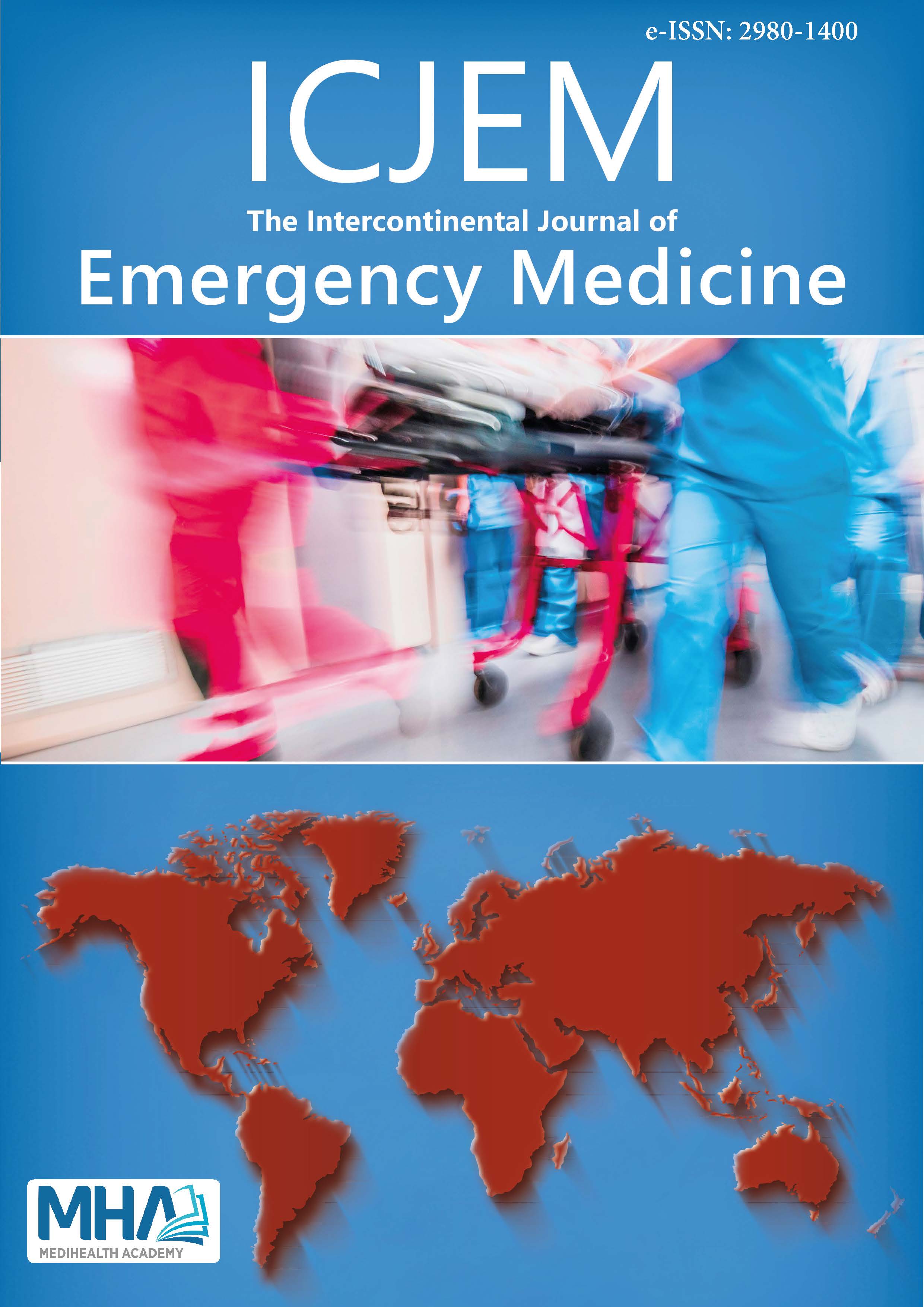1. Firstenberg MS, Sai-Sudhakar CB, Sirak JH, Crestanello JA, Sun B.Intestinal ischemia complicating ascending aortic dissection: firstthings first. Ann Thoracic Surg. 2007;84(2):e8-e9.
2. Hagan PG, Nienaber CA, Isselbacher EM, et al. The InternationalRegistry of Acute Aortic Dissection (IRAD): new insights into an olddisease. JAMA. 2000;283(7):897-903.
3. Khan IA, Nair CK. Clinical, diagnostic, and management perspectivesof aortic dissection. Chest. 2002;122(1):311-328.
4. Evangelista A, Isselbacher EM, Bossone E, et al. Insights from theinternational registry of acute aortic dissection: a 20-year experienceof collaborative clinical research. Circulation. 2018;137(17):1846-1860.
5. Marroush TS, Boshara AR, Parvataneni KC, Takla R, Mesiha NA.Painless aortic dissection. Am J Med Sci. 2017;354(5):513-520.
6. Harris KM, Strauss CE, Eagle KA, et al. Correlates of delayedrecognition and treatment of acute type A aortic dissection: theInternational Registry of Acute Aortic Dissection (IRAD). Circulation.2011;124(18):1911-1918.
7. Ucar M, Erdil F, Sanlı M, Aydogan MS, Durmus M. Anesthesiamanagement in aortic dissection in patients undergoing kidneytransplant. Exp Clin Transplant: Official J Middle East Soc OrganTransplant. 2014;14(2):227-229.
8. Dujardin A, Le Fur A, Cantarovich D. Aortic dissection and severerenal failure 6 years after kidney transplantation. Transplant Direct.2017;3(9):e202.
9. Tsai TT, Bossone E, Isselbacher EM, et al. Clinical characteristics ofhypotension in patients with acute aortic dissection. Am J Cardiol.2005;95(1):48-52.
10. Hines G, Dracea C, Katz DS. Diagnosis and management of acute typeA aortic dissection. Cardiol Rev. 2011;19(5):226-232.
11. Penco M, Paparoni S, Dagianti A, et al. Usefulness of transesophagealechocardiography in the assessment of aortic dissection. Am J Cardiol.2000;86(4):53-56.

